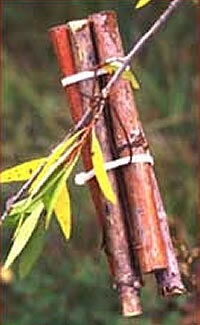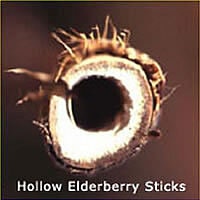USDA’S HOME-MADE SWEET HOMES

IT’S EASY TO BUILD A “BEE CONDO” FOR NATIVE BEES!
Many of the wild bees you may encounter in your backyard garden make their burrow homes in the soil. Some bees create hives in snags (a dead or dying standing tree, often with its branches broken off), or in holes in trees. The activity of native bees will encourage the reproduction of native plants in your yards and gardens. You can encourage native bees to nest near your wildflower gardens by providing man-made nesting blocks, or “Bee Condos.”
Materials You Will Need
- A 4”x6” or 6”x6” dried pine or fir post (or you can try a weathered fence post or other scrap wood).
- Drill and drill bits, a variety of diameters, ranging from 1/4 in. to 3/8 in.
- Paper straws – not plastic (available at some hardware stores, or through a scientific supply store),
or small hollow sticks, with one end sealed. - A warm location protected from rain and predators.

How to Do It
- Cut the wooden posts into blocks 8-12 in. long.
- Drill holes into the wood blocks: using a variety of hole diameters from 1/4 in. to 3/8 in., drill holes
3-5 in. deep, and at least 3/4 in. apart. - Alternatively, a bundle of paper straws or hollow sticks, with one end sealed, will make an attractive
bee home. - Bees prefer dark colored homes, so consider charring the front of your “Bee Condo” lightly with a torch.
- Mount your “Bee Condo” on a post or attach to the side of a building. Place nesting blocks so that tunnels
are horizontal. Make sure they are in a warm location with southern exposure and protected from rain.
A good place could be under the eaves of a garage or shed. - If you don’t want to build your own “Bee Condo,” consider commercial sources for bee nests.

Information provided by USDA: https://www.fs.fed.us/wildflowers/kids/activities/beebox.shtml
For more information about pollinators and pollinator gardening:
North American Pollinator Protection Campaign (NAPPC) 423 Washington St. 5th Fl info@nappc.org (415) 362-1137
